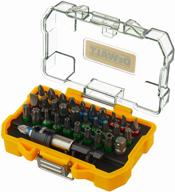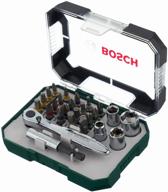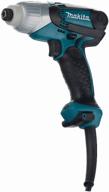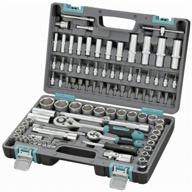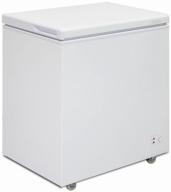
Review on MICHELIN Latitude Sport 3 235/60 R18 103W summer by Bogdan Andreev ᠌

Reliable purchase, guaranteed to be a good purchase.
Although the speed limit on the WHSD in St. Petersburg has already been reduced to 130 miles per hour and there is nowhere else to travel, the automobile becomes significantly more agile as it reaches 160 kilometers per hour. The car rides much more smoothly (with a higher level of softness), and both the engine and the gearbox have a significantly improved feel. My tires are a 2022 model and were manufactured in Poland. 225/65R17. Some pros: - Very little resistance when rolling. I am currently working on my car's mechanical (a Honda CR-V 3), and it is really felt. - They have a softer overall feel, and the craters are less difficult to navigate. - Superb control and grip when taxiing. - Super grippy. The possibility of slipping on asphalt is eliminated. Because I'm used to getting off to an early start, perhaps that's why my box died so quickly (at 100t Km). After I have replaced the box, I usually wait quite some time before releasing the clutch. When traveling at high speeds (above 110 mph), the car exhibits remarkably predictable behavior, and it feels as though you are driving on rails. - An exceptional resistance to hydroplaning. There were no issues with it during the three-year period. With its drawbacks, including: - There is noise, which is not a deal breaker for me. If the temperature drops below 10 degrees, you should consider switching to winter tires instead of summer tires for your shoes because the rubber loses almost all of its cooling capabilities (unless you warm the rubber up very thoroughly). Temperature of operation should be greater than 15 degrees. As a result, I needed to get tires that did not have studs on them so that I could change my shoes a little bit later.


